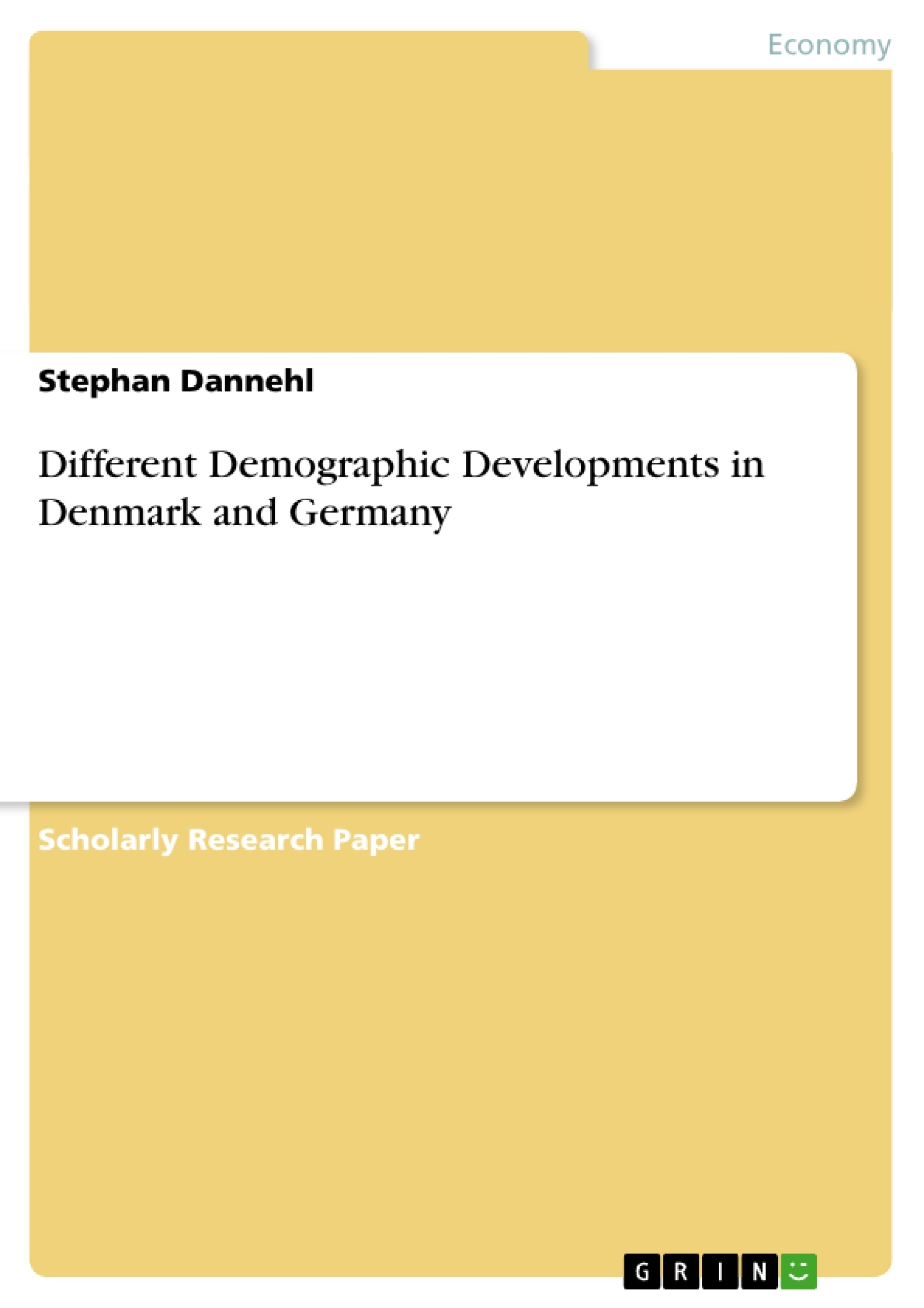The quotation was published in several larger German newspapers. It was clear, brief and brought to light what has long been an open secret. The short quotation dealt with today’s anti-children attitude in Germany’s society and was in the judgement of most people not more than an element that fills in the papers’ blanks. However, for the young generation – especially for the group of prospective parents, but also for current families – the mentioned remark was definitely more than in a good position only. Even far more than this.
As a matter of fact, the quotation directly addressed both population groups – the childless group as well as the group of parents – for the remark represented a bitter realisation for the first group and a late acknowledgement for the latter. Something that had always been anticipated suddenly became much more real. The abstract idea of a society without regard to children was in fact omnipresent but not concrete enough. Every now and then, one read about Germans that are hostile to children, about the disadvantaging of families with many children and about the families’ negative image. Yet, people had already been accustomed to the ‘normal’ pessimism and defeatism of their German fellow men. Therefore, one dismissed society’s medial prophecies of doom as a mere exaggeration of the plain truth. Prophecies that purely serve to increase the papers’ number of copies and improve the audience rating, respectively.
However, the notion that the mentioned quotation does not queue in the general Cassandra-shouting tenor originates from the explanation that usually stands below a quotation indicating the source or the remark’s originator. The conspicuous sentence did not stem from just anybody and it did also not arise from the creative pen of a BILD-editor. The quotation’s originator was no less than the present Federal President of Germany – Horst Köhler. But now one came to the conclusion that the newspaper’s aim was neither to take up the yellow press’ preference for eye-catching elements nor to call attention to a new horror scenario. On the contrary; here on was confronted with something that needed to be taken much more seriously. Something that could not be ignored and laughed off as an irrelevance. Here, Germany’s head of state said something that did not only make waves among prospective parents.
Inhaltsverzeichnis (Table of Contents)
- Foreword
- Table of Abbreviations
- Table of Figures
- Demographic Situation
- The Demographic Situation in Denmark
- The Demographic Situation in Germany
- Women's Employment and Birth Behaviour
- How Do the Danes Manage to Balance Family and Profession?
- How Do the Germans Manage to Balance Family and Profession?
- National and Private Childcare
- The Quality of Childcare in Denmark
- The Quality of Childcare in Germany
- Influence of the Media on the National Birth Rate
- The Germans and their Penchant for Pessimism
- The Direct and Indirect Effects of a Ruthless Press Coverage
- Summary
Zielsetzung und Themenschwerpunkte (Objectives and Key Themes)
This paper compares the demographic developments in Germany and Denmark, focusing on the reasons for the differing birth rates in these two countries. The paper explores how these demographic trends impact both societies and the policies implemented to address the situation. It also examines the influence of media and societal attitudes on family formation and child-rearing practices.
- Demographic trends and birth rates in Germany and Denmark
- Impact of societal attitudes on family formation and child-rearing
- Role of media in shaping public perception of families and children
- Policy measures implemented to promote a sustainable demographic development
- Comparison of family-friendly policies and support systems in both countries
Zusammenfassung der Kapitel (Chapter Summaries)
- Foreword: This chapter sets the stage for the paper by referencing a statement by the German Federal President, Horst Köhler, which highlighted the perceived societal disadvantages of having children in Germany. This statement serves as a starting point for exploring the demographic situation and its implications for both Germany and Denmark.
- Demographic Situation: This chapter analyzes the demographic situation in both Denmark and Germany, providing an overview of their respective population dynamics and trends. It discusses the factors contributing to the differences in birth rates and the potential challenges posed by these developments.
- Women's Employment and Birth Behaviour: This chapter examines the relationship between women's employment and birth behaviour in both countries. It explores the policies and social structures that influence women's choices regarding work-life balance and family planning. This chapter compares the different approaches to balancing family and career in Denmark and Germany.
- National and Private Childcare: This chapter focuses on the quality of childcare systems in Denmark and Germany. It investigates the different models of childcare provision, the availability and accessibility of services, and the impact of childcare on children's development and family well-being.
- Influence of the Media on the National Birth Rate: This chapter examines the role of media in shaping societal attitudes towards families and children. It investigates how media coverage, particularly in Germany, contributes to a negative perception of having children and explores the influence of these perceptions on birth rates and family formation.
Schlüsselwörter (Keywords)
The main keywords of this paper include demographic development, birth rate, family policy, childcare, media influence, societal attitudes, Germany, Denmark, comparison, work-life balance, family formation, and demographic challenges. These terms represent the core themes and research foci of the paper, highlighting the comparative analysis of demographic trends in Germany and Denmark, the role of societal factors in shaping birth rates, and the impact of policies and media on family-related issues.
- Citation du texte
- Stephan Dannehl (Auteur), 2004, Different Demographic Developments in Denmark and Germany, Munich, GRIN Verlag, https://www.grin.com/document/48281



